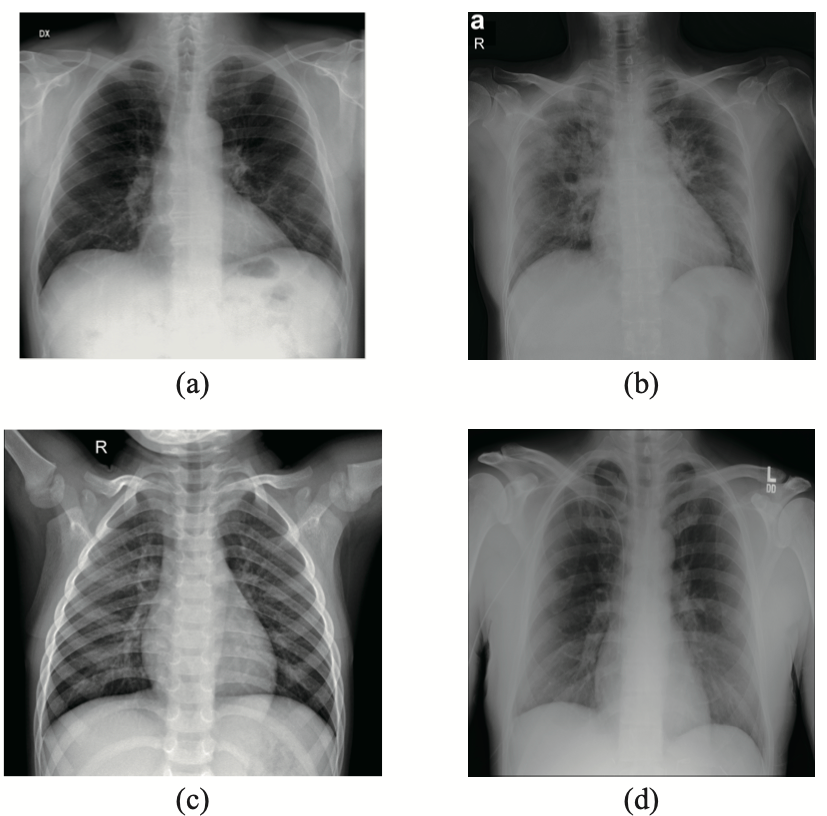AI-Fueled Chest X-ray Can Provide Near-Perfect COVID-19 Identification
Pairing machine learning methods with chest X-rays can potentially improve viral detection in areas where access to swab testing and chest CT scans is inadequate.
Throughout the COVID-19 pandemic, chest CT has gotten the most attention as the imaging option for detection, but a new study shows that, when paired with artificial intelligence (AI), chest X-ray can provide near-perfect identification, potentially leading to clinical benefits in the future.
In a study published in IEEE/CAA Journal of Automatica Sinica, researchers from Brazil revealed that using an automatic detection method to identify features extracted from chest X-rays can detect the virus with 95.6 percent-to-98.5 percent accuracy.
“Our results show that the use of convolutional neural networks to extract features, applying the transfer learning concept, and, then, classifying these features with consolidated machine learning methods is an effective way to classify X-ray images as in normal conditions or positive for COVID-19,” said the team led by Victor Hugo C. de Albuquerque, a researcher in the Laboratory of Image Processing, Signals, and Applied Computing with the Universidade de Fortaleza, noting that early detection is critical for preventing the spread of disease.
Samples from the dataset used in this study (a) X-ray with PA view of a patient with COVID-19; (b) X-ray with AP view of a patient with COVID-19; (c) X-ray of a healthy patient from Dataset A; (d) X-ray of a healthy patient from Dataset B.

Being able to provide an alternative to detection via chest CT is critical, Albuquerque said, because the modality isn’t always available in some medical facilities. In addition, test supply and processing can also be inadequate, making X-ray, which is readily available in every hospital, an attractive option.
But, to determine how effective AI-fueled chest X-rays are at detection, the team only had 194 publicly available COVID-19 X-rays and 194 X-rays from healthy individuals. To compensate for the small amount, they used a model previously trained on a large dataset of other X-rays and trained it to use strategies to identify which lungs were infected with the virus. The top two machine learning methods provided those levels of near-perfect accuracy.
“Since X-rays are very fast and cheap, they can help to triage patients in places where the healthcare system has collapsed or in places that are far from major centers with access to more complex technologies,” Albuquerque said. “This approach to detect and classify medical images automatically can assist doctors in identifying, measuring the severity and classifying the disease.”
The team did note, however, that this proposed method has yet to go under clinical study and requires a more thorough investigation with a larger dataset. Consequently, while it cannot replace a medical diagnosis, it does contribute to the push toward using chest X-rays for faster, automatic, accurate COVID-19 diagnosis.
The ultimate goal, they said, is to develop a free online platform for medical image classification.
For more coverage based on industry expert insights and research, subscribe to the Diagnostic Imaging e-Newsletter here.
Clarius Mobile Health Unveils Anterior Knee Feature for Handheld Ultrasound
April 23rd 2025The T-Mode Anterior Knee feature reportedly offers a combination of automated segmentation and real-time conversion of grayscale ultrasound images into color-coded visuals that bolster understanding for novice ultrasound users.
What is the Best Use of AI in CT Lung Cancer Screening?
April 18th 2025In comparison to radiologist assessment, the use of AI to pre-screen patients with low-dose CT lung cancer screening provided a 12 percent reduction in mean interpretation time with a slight increase in specificity and a slight decrease in the recall rate, according to new research.
Meta-Analysis Shows Merits of AI with CTA Detection of Coronary Artery Stenosis and Calcified Plaque
April 16th 2025Artificial intelligence demonstrated higher AUC, sensitivity, and specificity than radiologists for detecting coronary artery stenosis > 50 percent on computed tomography angiography (CTA), according to a new 17-study meta-analysis.